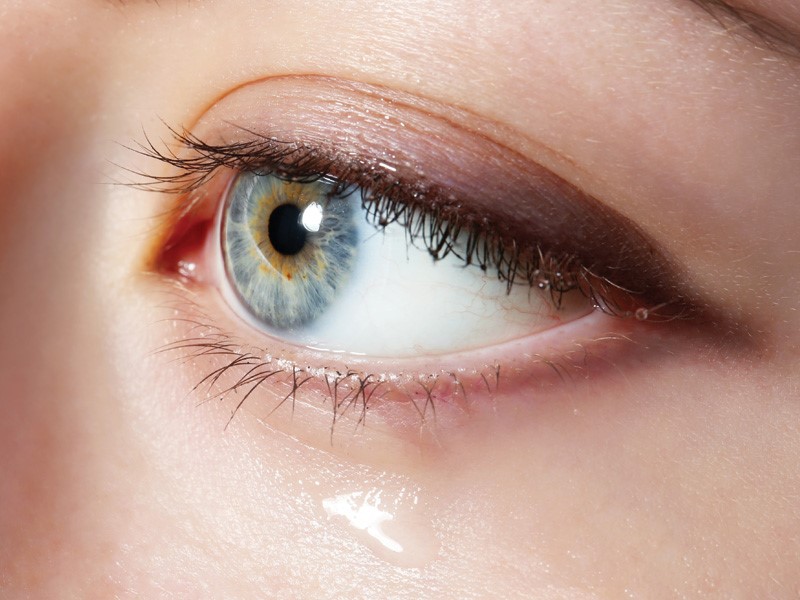Dacryocystorhinostomy
What is it?
One of the ocular symptoms that bother and concern the population is excess watering of the eye. Although in many situations exposure to cold or wind is normal and very common for eyes to cry involuntarily, some people have this feeling continuously; the epiphora, hindering daily activity and making it a condition that requires evaluation by an ophthalmological specialist.
Dacryocystorhinostomy (DCR), is an innovative laser-assisted technique for the treatment of lacrimal obstruction, minimizing complications presented when using classical technique.
Symptoms
Under normal conditions, our tears must drain the eye towards the nostrils, in order to meet a circuit that protects our eyes and allow us the constant turnover of moisturizer. But sometimes the “drain” of the lacrimal system can be altered in its size and even become clogged. This situation results in a constant, disturbing and pathological tearing that can affect everyday life, in addition to producing frequent and recurrent infections (dacryocystitis) that constitute a contraindication to cataract surgery. The lacrimal duct must be repaired before the intervention, in order to eliminate the risk of infection involved.
Treatment
The most common type of lacrimal obstruction is the one that affects the end of the tear trail, in the bottom of the tear duct, where it meets the nose bone. Correction of this condition has a very effective solution; the dacryocystorhinostomy (DCR). This surgical technique is based on making a new bone in the lacrimal bone window to connect the lacrimal sac to the nose in order to overcome the obstruction that has been created.
Classical or external DCR has two complex issues: access to the skin between the eye and the root of the nose, which in a small percentage of people may leave a scar and the possibility of bleeding. Despite this, in experienced hands surgical success reached about ninety percent.
The DCR assisted laser diode is performed with laparoscopic techniques, using a camera and a digital screen. Based on the same principles as the classical technique, access is via the tear duct without skin incisions. It is also much less aggressive with the tissues, so that the possibility of bleeding is negligible. It is a developing technique, already used as a forerunner in our center since 1984, and it continues to evolve. It is a way of intervening via the tear duct with minimal aggression to the organism, allowing incorporation into active working life early.
Prevention
It is essential to have an excellent selection of patients because only part of the people with tear obstruction will be susceptible to laser intervention. Variables such as the area of obstruction, age, sex, and history of prior infection or surgery will be key to assessing the adequacy of treatment. It is therefore appropriate that, in situations in which tearing becomes an annoyance, the patient must see an ophthalmologist, who will assess in each case the possibilities to solve this change in the most effective way.

